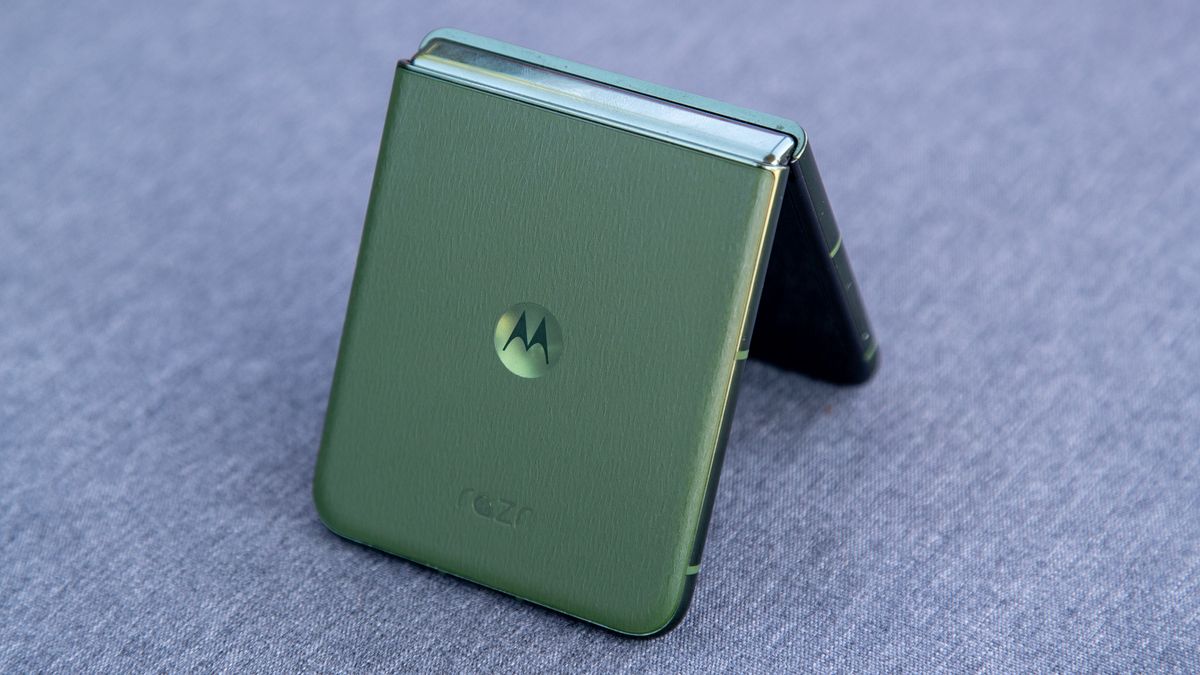Dhruv Bhutani / Android Authority
For years, the iPad has been the most popular and successful tablet out there. While we can’t ignore the range of excellent Android tablets, Apple has carved out a sizable market share lead that’s nearly double its closest competitor. That’s thanks to solid software support, a vast library of well-optimized apps, tight ecosystem ties, and multiple variants that cater to different customers’ needs.
As a tech journalist who straddles the Android/iOS divide, I like to keep my Apple hardware up to date, even when the upgrades don’t necessarily warrant it. However, even if the iPad Pro 7 and iPad Air 6 are expected to launch on May 7 with some significant additions, I still plan to stick to my Air 5 model for the foreseeable future.
Will you buy one of the new iPads?
61 votes
The iPad has already had its glow-up transformation

Oliver Cragg / Android Authority
The iPad’s hardware has already matured with the introduction of the M-series SoCs and the adoption of the modern chassis design with a USB-C port. So not only do iPads look sleek now, but they pack desktop processors that make them more powerful than rivaling products.
These two factors on the iPad Air 5 truly made a difference in how I use my tablet. Before that, my iPad 6 struggled with basic multitasking. That’s not to mention that its prehistoric design — featuring thick bezels and a physical Home button — truly was an eyesore. With the iPad Air 5, my everyday tasks run swiftly in a futuristic-looking frame that supports the universal USB-C standard. What more do I need?
Last-gen’s design overhaul and M-series chips were major breakthroughs for the iPad.
So, at this point, there aren’t many meaningful upgrades left for Apple to incorporate. Sure, the rumored OLED panels, thinner bezels, M3 chipset, MagSafe charging, and landscape-positioned front camera all sound like welcome changes. Realistically, though, they won’t significantly impact how I use my tablet.
Ultimately, no hardware boost can address my biggest problem with the iPad: its shackled operating system.
A faster chip doesn’t address iPadOS’ constraints

Dhruv Bhutani / Android Authority
Apple has long tried to advertise its tablet as a laptop replacement. While some users have managed to rely on an iPad as their primary computing device, most of us failed at that. iPadOS just prevents you from unleashing the M-series chips’ full potential.
My everyday computing needs are relatively simple: I read and type articles, browse the web, do some basic photo and video editing, and listen to music. In theory, iPadOS 17 excels at these tasks. However, the shortcomings surface when I try to do so in a professional setting and for long hours.
For starters, iPadOS is primarily designed for touch controls. So, the UI elements are generally larger to accommodate our fingertips — rather than a tiny cursor. Consequently, when pairing a mouse or trackpad with an iPad, you get a bigger, fingertip-sized cursor featuring a magnetic effect. This requires you to push harder when hovering over different buttons, as the cursor, by design, doesn’t immediately move away.
The iPad desperately needs a more advanced OS to better utilize the M-series chips.
Another software struggle I face when trying to use my iPad as a laptop replacement is external display support. I typically rely on AirPlay to use my Apple TV as a separate, second monitor for my MacBook Air. iPadOS doesn’t support that. Proper external display support is limited to wired connections, while AirPlay is reserved for regular screen mirroring. As a result, I can’t use my iPad with a second screen without cluttering my desk with unnecessary wires.
Otherwise, being limited to software available on the App Store is a dealbreaker for pretty much any power user. Many of us rely on applications that are unavailable on Apple’s store. As long as iPadOS doesn’t support app sideloading, countless users, myself included, will stick to macOS.
The new iPads could only worsen this identity crisis

Oliver Cragg / Android Authority
The upcoming iPad Pro is rumored to start at $1,500 — a $700 price hike compared to the current-gen model. Meanwhile, the soon-to-be-released Magic Keyboard (sold separately) will likely boast an overhauled aluminum enclosure resembling a MacBook’s bottom half. So, that’s MacBook Pro pricing and design minus macOS’ reliability.
Apart from digital artists who rely on the Apple Pencil, I honestly have no idea who would be willing to pay Mac pricing for an iPadOS-powered tablet. I acknowledge that cheaper models cater to those on lower budgets. But until the iPad’s operating system addresses common user concerns, the tablet seems stuck in limbo as a desperate MacBook wannabe.
I honestly have no idea who would be willing to pay Mac pricing for an iPadOS-powered tablet.
For now, my M1-powered iPad Air 5 acts as a solid Mac companion, thanks to Sidecar and Universal Control. Upgrading to newer hardware won’t supercharge my workflow or offer relevant features that I don’t already have access to. I look forward to the day iPadOS loads a macOS skin when Bluetooth peripherals are connected. This hybrid approach would truly take the iPad to the next level and reignite my dwindling interest in it.
In the meantime, I would’ve considered switching to a Pixel Tablet 2, but Google is reportedly reusing old and underpowered tech for this upcoming model. That’s not to mention that I’d miss out on Apple’s ecosystem perks, such as Handoff and other Continuity features that work across my connected iDevices.
















![Ep266: [Lean Series] How to Plan a Responsible Fat Loss Phase Ep266: [Lean Series] How to Plan a Responsible Fat Loss Phase](https://carrotsncake.com/wp-content/uploads/2024/06/Carrots-N-Cake-VIP-Nutrition-Coaching-768x1040.jpeg)
.jpg)



Discussion about this post